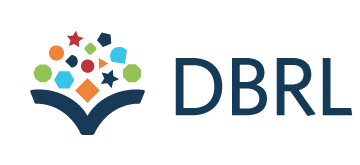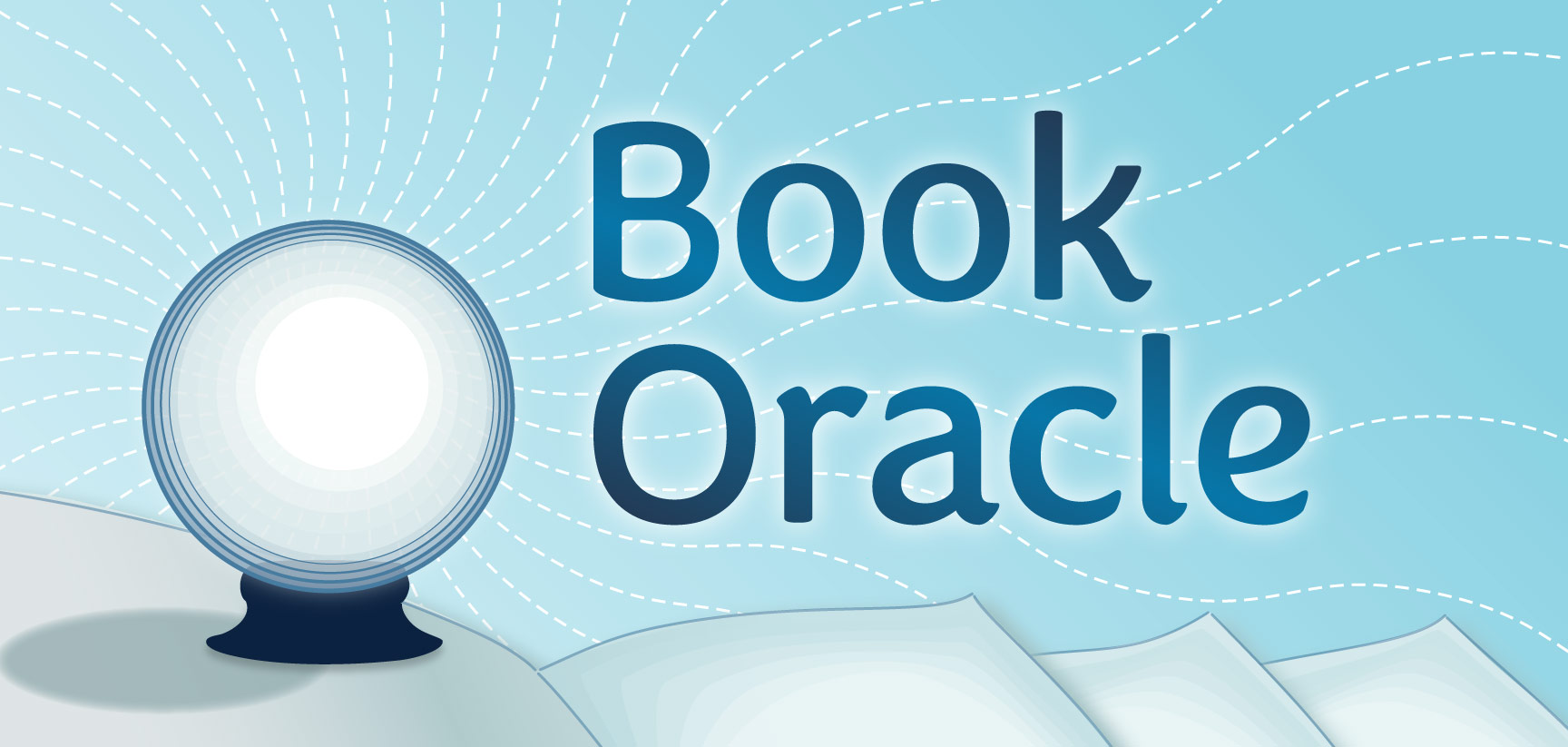Let me tell you about a happy accident: I was helping someone find a book in the nonfiction section and was doing the sideways-head-thing, eyeing the call numbers. Not purposely looking at titles because I was seeking the general area of the call number in question and I moving at a pretty quick pace. And yet I was stopped in my tracks by an author’s name — it was someone I follow on Substack! Someone who writes about farming and quirky situations and whom I would love to sit down and have a good conversation.
Books are almost as good. I grabbed it, confusing my library patron for a moment.
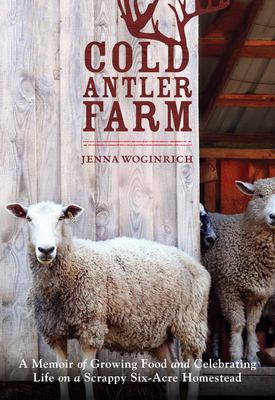 The author was Jenna Woginrich, writer of “Cold Antler Farm: A Memoir of Growing Food and Celebrating Life on a Scrappy Six-Acre Homestead” and several other books. Woginrich is a farmer of sheep, horses, chickens, pigs, vegetables, bees and more, navigating the farm work while writing and offering online services. She’s got a great sense of humor and is a solid storyteller about thriving on her 6 acres. Woginrich continues to farm and is actively posting about it on social media.
The author was Jenna Woginrich, writer of “Cold Antler Farm: A Memoir of Growing Food and Celebrating Life on a Scrappy Six-Acre Homestead” and several other books. Woginrich is a farmer of sheep, horses, chickens, pigs, vegetables, bees and more, navigating the farm work while writing and offering online services. She’s got a great sense of humor and is a solid storyteller about thriving on her 6 acres. Woginrich continues to farm and is actively posting about it on social media.
I’ve known and appreciated several women who farm, and this incident led me to wonder if we had any of their books. DBRL does have “Sheepish: Two Women, Fifty Sheep & Enough Wool to Save the Planet” by Catherine Friend. One of my favorite memoirs about women who farm. Her first book, “Hit By a Farm,” introduces you to Friend’s life as a writer whose partner wants to be a sheep farmer but neither of them have actually been one. “Sheepish” continues telling the story of the farm and of Friend’s writing career, then begins to weave in the fleece, the wool and the joy of working with fiber. You will visit her local fiber guild and the state fair and so many other aspects of owning sheep. She no longer owns her farm but is still involved in fiber arts.
Most farms have a variety of animals; even small hobby farms will have a cow or two for milk and cream. Experience Rosamund Young’s observations when you read “The Secret Life of Cows.” From her small farm in the Cotswolds, Young has helped her herd raise generations of cows and talks about family dynamics, feuds and quirky behaviors. This short book is a nice cozy visit with a farmer and her memories. I have not ever met Young, but I intend to see what sort of social media presence she has.
With the pandemic came an upturn in baking bread, gardening and raising chickens. If TikTok and Facebook reels are to be believed, I think that people still have a strong interest in chickens. (Google “The Great Chicken War of 2023” for videos.) We have 75 titles about raising chickens here at DBRL!
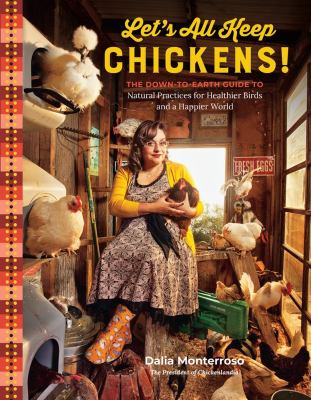 A prime example is Dalia Monterroso, self-proclaimed president of Chickenlandia and author of “Let’s All Keep Chickens!” Her book has good advice delivered between personal stories, lots of excellent pictures of chicks, hens, roosters and even a few foxes. There’s recipes for feed and drink and suggestions to fox-and-snake proof your coops. There is no mention of butchering chickens. Almost every other aspect of raising chickens appears, so this would be a great book if you are chicken-curious or want a practical book to explore a backyard flock.
A prime example is Dalia Monterroso, self-proclaimed president of Chickenlandia and author of “Let’s All Keep Chickens!” Her book has good advice delivered between personal stories, lots of excellent pictures of chicks, hens, roosters and even a few foxes. There’s recipes for feed and drink and suggestions to fox-and-snake proof your coops. There is no mention of butchering chickens. Almost every other aspect of raising chickens appears, so this would be a great book if you are chicken-curious or want a practical book to explore a backyard flock.
Social media has allowed me to connect with other people who share my interests and gives me hints into resources I’d not find otherwise. It’s not all doom-scrolling on my devices! At the moment this includes migrating and homesteading women in Missouri and other mid-country areas for genealogy purposes. The library does have many books about this time frame but so far I’ve not found any focused on women farming alone. “Hardship and Hope: Missouri Women Writing about their Lives, 1820-1920,” edited by Carla Waal and Barbara Oliver Korner, does get an honorable mention.
I found several resources from the late 1800’s through the early 1900’s and from what is now the Dakotas, Nebraska, Kansas and further west. While the largest percentage were families headed by white men, between 10-18% of homesteaders were women-led households or of households where the male partner was not present.
A great example is “Wild West Women: Travelers, Adventurers and Rebels” by Rosemary Neering. The chapter ‘A Love of Place’ introduces Gilean Douglas and Annie Rae Arthur. Arthur, settling in Vancouver Island in 1915, raised children and nursery plants with a succession of husbands, several of those enticed to join her via advertisements. She cleared the land, planted crops and raised animals to sustain her family, and developed a mail order business of ornamental plants, mostly dahlias. Also a trapper and hunter, she became known as “Cougar Annie.” She died in 1985. Douglas had a tempestuous adulthood of writing, flirting and travelling until 1939, when she fell in love with the wilderness of the Cascade Mountains. Like Arthur, she created both vegetable and flower gardens, delighting in the outdoors and her isolation. Widely recognized for her poetry, Douglas was also a skilled photojournalist, a committed feminist, a passionate historian and an influential politician. Her writing was deeply inspired by her drive to assert independence and challenge the constraints of a patriarchal society. She died in 1993.
Elinore Rupert took up as a housekeeper for a Scotsman in southwestern Wyoming in the 1910s, not only supporting him and his claim but making her own next to his. This is a series of her letters back to Mrs. Coney, a former employer in Denver. A very chatty and insightful book about her work and life, collected into “Letters from a Woman Homesteader” and edited by Tina Assanti.
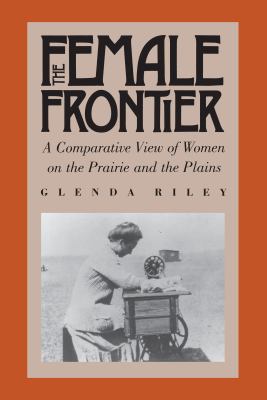 I enjoyed “The Female Frontier” so much that I bought a copy for myself. (That’s a commitment when you work where books live! I buy copies so I can annotate them, write in them and dog-ear with abandon.) Glenda Riley’s research found “the barely literate and the educated, the young and the old, single and married, white and black, native-born and immigrant. What emerges is a new understanding of the shared experiences — at home, in paid employment, and in community activities — that constituted the female frontier.”
I enjoyed “The Female Frontier” so much that I bought a copy for myself. (That’s a commitment when you work where books live! I buy copies so I can annotate them, write in them and dog-ear with abandon.) Glenda Riley’s research found “the barely literate and the educated, the young and the old, single and married, white and black, native-born and immigrant. What emerges is a new understanding of the shared experiences — at home, in paid employment, and in community activities — that constituted the female frontier.”
Just landing on my to-be-read pile is Marcia Meredith Hensley’s “Staking Her Claim.” Missouri is not listed in the index yet I feel that shared experiences of the women in this book will be great reading. Letters, diary entries and newspaper articles were some of the research material used in writing this book.
All of these books mentioned in this article were compiled, edited and written by women. Have the farmers continued to farm? Are they continuing to write? Are they on social media? And the historians? What else have they discovered about women who farm, women who homestead?
Thank you for joining me on my little research journey. I’ve not finished — I’m still reading and taking notes. And still finding people on my social channels to connect with. Do you have a passion project you are researching? Comment and let me know!
